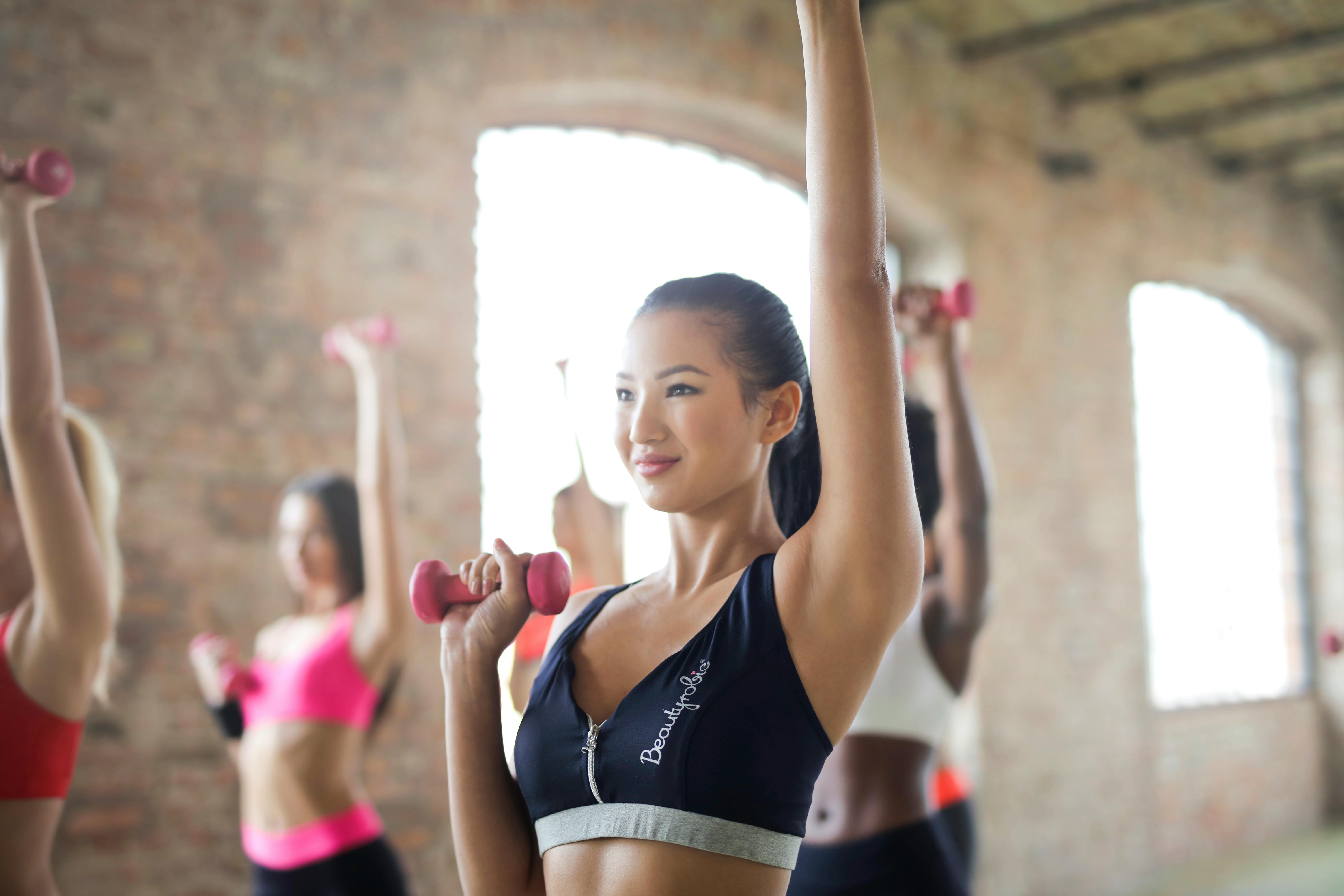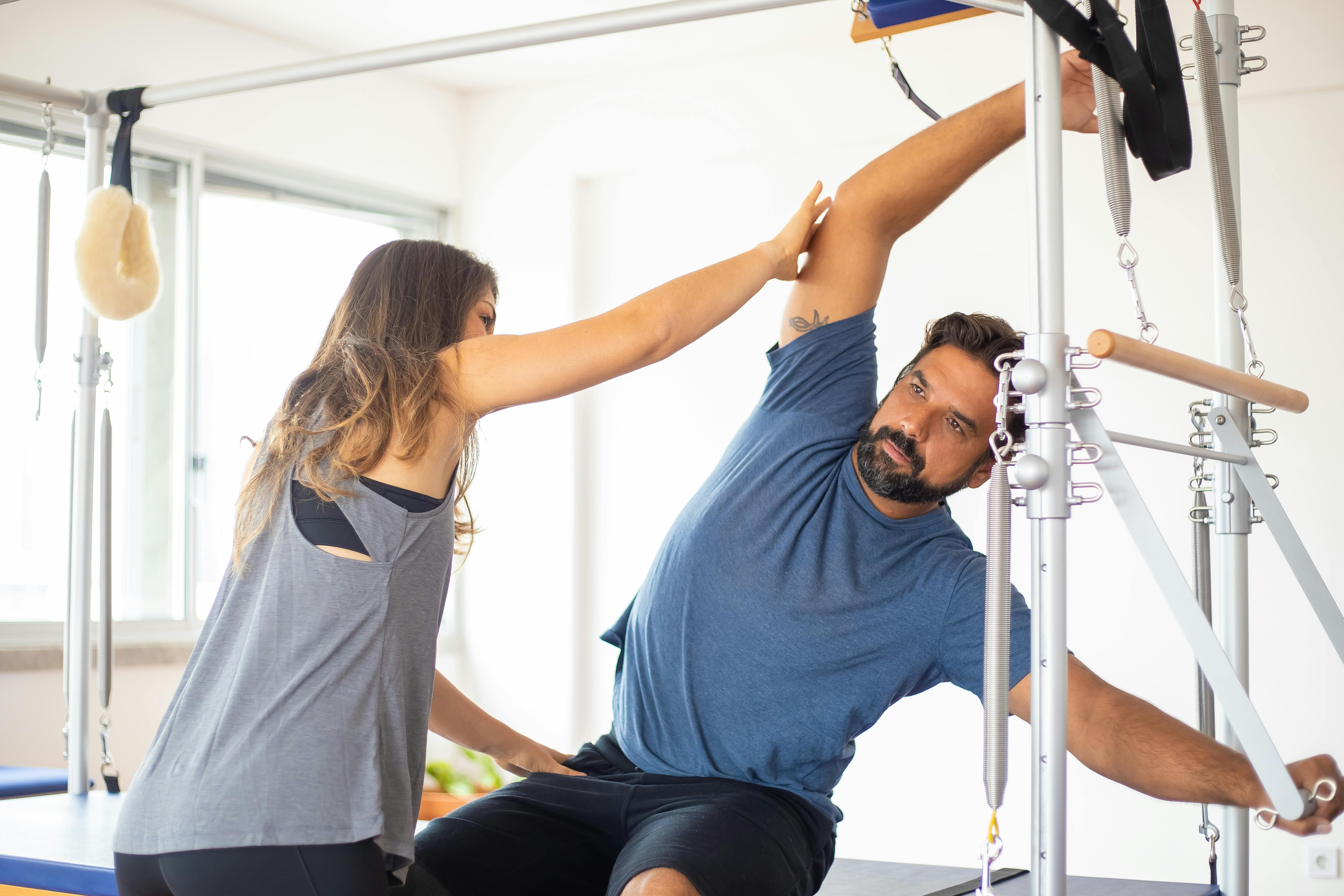Fitness for Retirees: Revitalizing Active Aging through Tailored Experiences
Key Takeaways
- The Importance of Fitness in Active Aging
- Creating Tailored Fitness Experiences for the Older Generation
- Becoming a Health Coach for Active Aging
- Innovations in Fitness for Active Aging
- Strategies to Engage Retirees in Physical Activities
- Inspiring Stories of Fitness Enthusiasts and Coaches
- Legal and Safety Considerations
- Getting Started with Your Second Act in Fitness
The Importance of Fitness in Active Aging
Active aging is a philosophy that believes in the potential for people of all ages to engage in physical activities that contribute to their health, strength, and overall well-being. This lifestyle is particularly important for retirees, who often struggle with transitioning from a life of work to one of leisure. Regular fitness can help manage symptoms of aging, boost mental health, and foster a sense of community.
The benefits of fitness in active aging include increased mobility, reduced risk of chronic diseases, better mental health, and enhanced quality of life. Embracing tailored fitness experiences is not just about adding years to life, but life to years, ensuring that aging individuals can enjoy their retirement to the fullest.
Creating Tailored Fitness Experiences for the Older Generation
Understanding the unique needs of the older generation is key to creating tailored fitness experiences that are both enjoyable and beneficial. This involves not just customized workout plans, but also an environment that is welcoming and accessible. Fitness enthusiasts and professionals who cater to active aging individuals can introduce exercises that focus on balance, flexibility, and strength training – critical factors in preventing falls and maintaining independence.
By incorporating elements such as low-impact aerobics, yoga, and Pilates, fitness professionals can design programs that improve cardiovascular health, enhance flexibility, and build muscle strength without putting undue strain on the body. The goal is to create a well-rounded fitness regimen that caters to the physical capabilities and preferences of each individual.
Benefits of Tailored Fitness for Active Aging
| Benefit | Description |
|---|---|
| Improved Mobility | Individualized exercise programs can help maintain and improve range of motion. |
| Chronic Disease Management | Regular physical activity supports the management of conditions like diabetes and hypertension. |
| Mental Health Boost | Exercise releases endorphins which can reduce depression and anxiety. |
| Improved Balance and Strength | Strengthens muscles and enhances balance, reducing fall risk. |
Becoming a Health Coach for Active Aging
For those with a passion for wellness and helping others, becoming a health coach for retirees might just be the perfect second act. Health coaches play a critical role in guiding their clients towards healthier lifestyle choices. In the context of active aging, health coaches can be pivotal in empowering retirees to take charge of their health through customized fitness programs, nutritional advice, and emotional support.
Becoming a health coach requires a foundational knowledge of physical fitness, nutrition, and psychology, which can be obtained through various programs and certifications. Establishing a niche in active aging can differentiate your services and address a growing market of individuals looking to stay active and healthy in their later years.
Steps to Becoming a Health Coach for Active Aging
- Educational Qualifications: Obtain certifications in fitness, nutrition, and coaching.
- Experience: Gain relevant experience working with aging populations.
- Business Acumen: Learn how to effectively market and manage your coaching business.
- Legal Compliance: Ensure you understand and adhere to all regulatory requirements for health coaching.
- Continued Education: Stay updated with the latest in fitness trends and health science for the elderly.
Innovations in Fitness for Active Aging
Technology and innovation are revolutionizing the way fitness experiences are delivered to the older demographic. From virtual reality workouts to wearable devices monitoring heart rates and activity levels, these advancements are making it easier for seniors to stay fit while also remaining engaged in the process.
Additionally, the use of social platforms to create virtual communities provides retirees with the opportunity to connect with peers who share similar fitness goals, adding a social element that can enhance motivation and enjoyment. This demographic shift opens avenues for fitness enthusiasts and entrepreneurs to introduce innovative solutions that bridge the gap between fitness and technology.
Examples of Technological Innovations in Active Aging Fitness
- VIRTUAL REALITY: VR programs simulate environments for low-impact exercises and cognitive training.
- WEARABLE TECHNOLOGY: Devices that track steps, monitor heart rates, and analyze sleep patterns.
- ONLINE PLATFORMS: Online classes and communities bring group fitness into the home.
- MOBILE APPLICATIONS: Apps that provide custom workout plans and track progress over time.
Strategies to Engage Retirees in Physical Activities
Engagement is crucial for sustaining a fitness program, especially for retirees who may lack motivation or face physical limitations. Successful strategies involve creating a sense of community, setting achievable goals, and providing consistent support and encouragement. Whether it’s through group classes, outdoor activities, or one-on-one sessions, crafting an engaging and fun environment can make a significant difference in participation levels.
A robust engagement strategy considers the holistic needs of the individual. Incorporating activities that stimulate the mind and foster social interactions, such as dance classes or team sports, can greatly contribute to the enjoyment and stickiness of a fitness regimen for active aging individuals.
Effective Engagement Techniques
- Celebrate Progress: Acknowledge both small and big achievements to keep motivation high.
- Social Integration: Encourage group settings to provide mutual support and camaraderie.
- Personalization: Adjust activities to match individual interests and health needs.
- Accessibility: Ensure equipment and facilities are senior-friendly and accessible.
- Feedback Loops: Create mechanisms to receive and act on feedback from participants.
Inspiring Stories of Fitness Enthusiasts and Coaches
Personal stories of transformation and dedication can be powerful motivators. Hearing how fellow retirees overcame their challenges to lead a more active and fulfilling life can inspire others to take the first step towards their own fitness journey. By sharing such narratives, health coaches can demonstrate the life-changing impact of tailored physical activity for those in their active aging years.
These stories also serve to break down barriers and misconceptions about aging and fitness. They prove that it’s never too late to make health and wellness a priority and that age is not a limiting factor in achieving personal fitness goals.
Inspirational Fitness Journeys
- Martha’s Marathon: At age 60, Martha trained for and completed her first marathon, raising money for charity.
- Bill’s Weight Loss: Bill, a retiree, lost 50 pounds through a tailored diet and exercise plan guided by his health coach.
- Yoga with Sandra: After her retirement, Sandra became a certified yoga instructor, specializing in classes for her peers.
Legal and Safety Considerations in Fitness for Active Aging
When working with seniors, it’s crucial to consider legal and safety aspects to protect both the clients and the fitness or health coach. Ensuring that all programs and regimens are compliant with health regulations and that proper waivers and consent forms are in place is a necessary step for any fitness program. Additionally, understanding the physiological changes that accompany aging and adjusting fitness programs accordingly can prevent injuries and ensure a safe environment for all participants.
Educating clients on safe practices, conducting regular risk assessments, and staying informed on the latest guidelines in senior fitness can mitigate potential legal issues and promote a culture of safety within the fitness community.
Key Considerations for Legal Compliance and Safety
- Insurance: Secure liability insurance specific to fitness coaching for seniors.
- Documentation: Ensure all clients have signed appropriate waivers and consent forms.
- First Aid and CPR: Maintain certifications in first aid and CPR for emergencies.
- Professional Conduct: Adhere to ethical standards and maintain professional conduct at all times.
- Risk Management: Implement regular safety audits and risk management practices.
Getting Started with Your Second Act in Fitness
Taking the plunge into the world of fitness coaching for active aging populations can be both rewarding and invigorating. It starts with a commitment to learning and understanding the unique needs of retirees, obtaining the necessary qualifications, and establishing a business plan that focuses on this demographic. Finding a niche, such as strength training for seniors or wellness retreats, can make your offerings stand out in a growing market.
Remember, starting a new journey in fitness coaching is not just about building a business—it’s about making a positive impact on the lives of others. Your passion for fitness and health can lead to a fulfilling career that improves the well-being of retirees, creating a ripple effect that benefits the whole community.
Your Checklist for Launching a Fitness Coaching Business for Retirees
- Market Research: Identify the needs and preferences of the active aging market.
- Qualifications: Secure the necessary certifications and accreditations.
- Business Planning: Develop a clear business plan with targeted services.
- Branding and Marketing: Craft a strong brand and marketing strategy that resonates with retirees.
- Facility and Equipment: Set up a senior-friendly space with appropriate equipment.
- Continuous Improvement: Regularly seek feedback and refine services based on client needs.
The information presented in this article is for educational purposes only. Always conduct your own research before investing in fitness or health coach endeavors, particularly when it involves working with specific age groups such as retirees undergoing active aging.











